HOW TO DO A FLIP TURN: PART 3 - ADVANCED TIPS FOR SPEED
If you've already mastered the basics of the flip in Part 1 and taking it to the wall in Part 2, it's time to fine-tune your technique for maximum speed.
This advanced lesson will provide a few special tips and tricks for the flip turn professional. We'll focus on three key areas: the approach, the foot plant, and the breakout.
Dive Into: Advanced Flip Turn Techniques
- Tip #1: The "Submarine" Approach
- Tip #2: The Perfect Foot Plant
- Tip #3: The Powerful Breakout
- Frequently Asked Questions
Tip #1: The "Submarine" Approach
Let's focus on the glide into the turn first. Many swimmers start their flip with their head and back at the surface. For a faster rotation, you should be slightly submerged before you begin the flip. This is called "The Submarine."
To practice, swim freestyle to the wall as normal. About one meter before you are ready to flip, during your last arm pull, start to gently submerge your upper body at a very low angle. Your head and back should be just below the surface.
Once you are in this slightly submerged position, then initiate your flip. If this is mastered perfectly, you will feel how your legs whip over with much more speed and control.
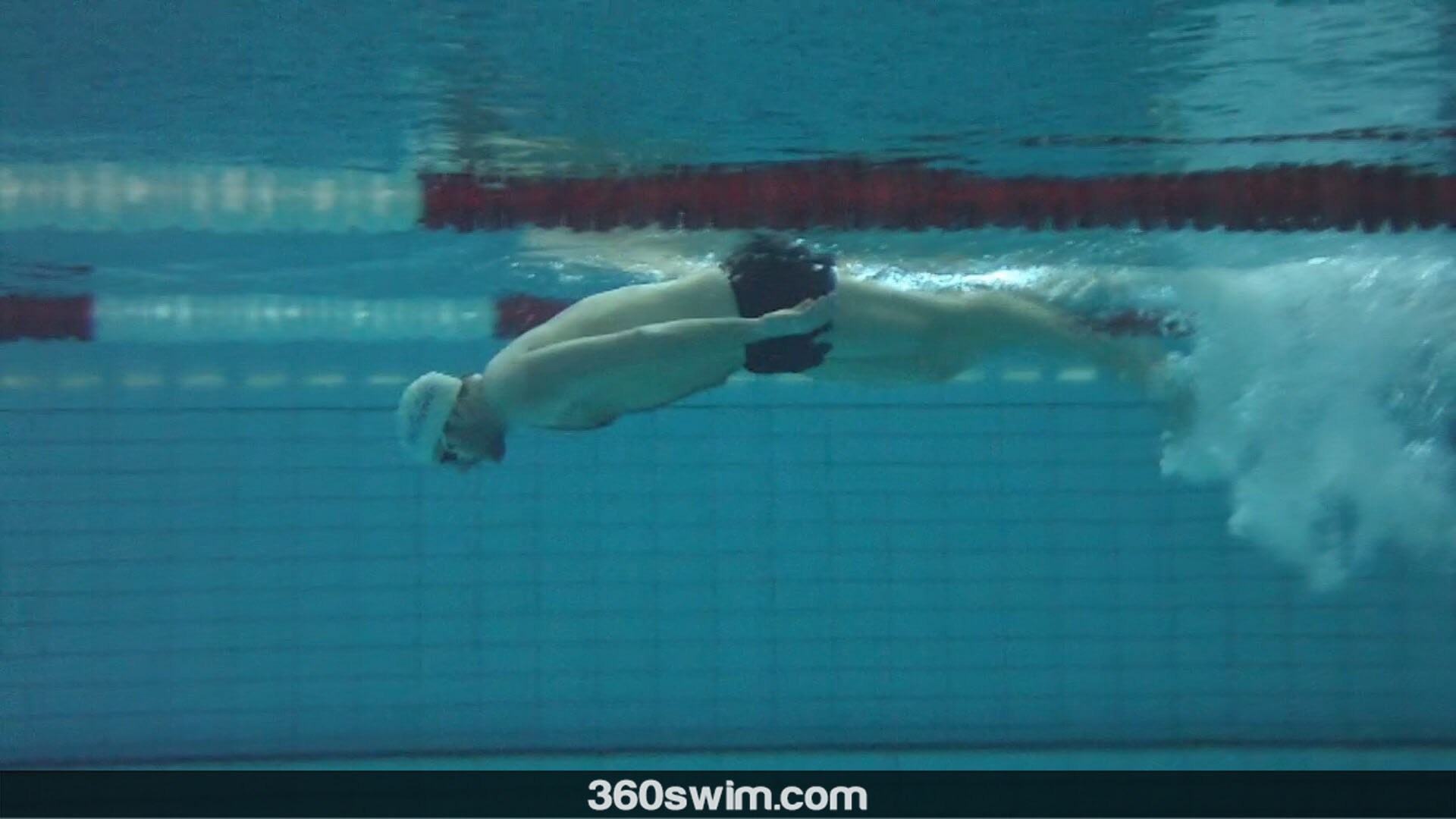
Tip #2: The Perfect Foot Plant
Many swimmers think they have to slam their feet against the wall as fast as possible. This is often misinterpreted and leads to straight legs and a huge splash. That is a big NO-NO.
To have a fast flip, you must remember one rule: a smaller object moves faster than a larger one.
It is very important that you keep your legs bent and your body compact as your feet come over the top. When your feet reach the wall, they should land cleanly, with your heels making a "hole" in the water for the rest of your foot to follow, creating no splash.
A little trick, try the flip on the wall, where there is a dry spot on the deck, and try not to get the pool deck wet :).
Your feet should land about shoulder-width apart, with your knees bent at roughly a 90-degree angle.
- If your feet are too close to your butt, you will be "stuck" on the wall before you can push off.
- If your feet are too far away, your push-off will be very weak.
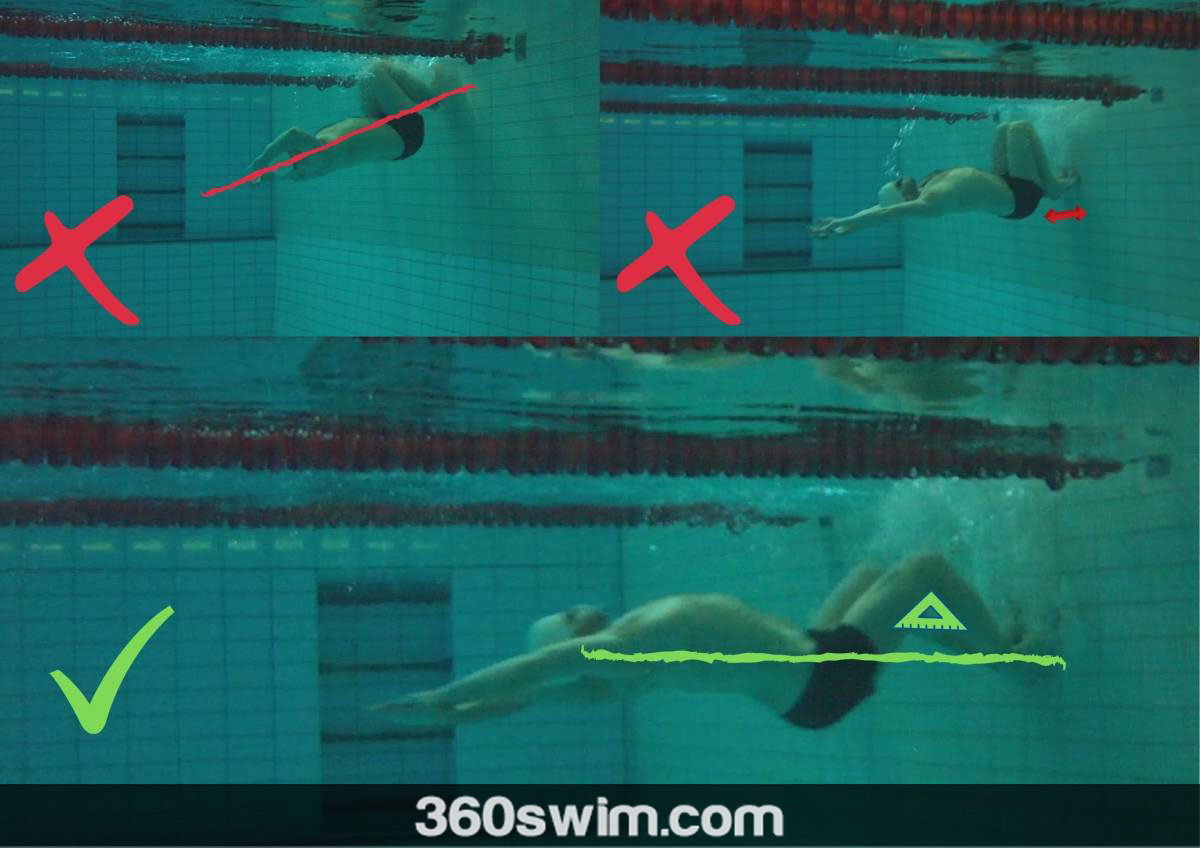
Tip #3: The Powerful Breakout
When you push off the wall, your streamline should be perfect, as this is the fastest you will be in the pool. To maintain this speed, you must stay at the optimal depth. Not too deep and not too shallow (start at about 2-3 feet or 80 cm).
Now, here's the trick.
Just as you start to feel yourself slowing down from the push-off, add a couple of small, snappy dolphin kicks right before you surface. This will give you a final burst of speed and make your breakout a success.
During the breakout itself, remember the key rules: keep your head down, start your pull before surfacing, do not take a breath on the first pull, and keep it smooth.
Frequently Asked Questions
How can I make my flip turn rotation faster?
A faster flip comes from starting it correctly. Use the 'Submarine' technique: as you approach the wall, gently submerge your upper body just below the surface before you initiate the flip. This creates momentum that will whip your legs over much faster.
I make a huge splash with my feet. What am I doing wrong?
A big splash means your legs are too straight during the flip. The key to a fast, clean rotation is to keep your body as compact as possible. Keep your knees bent and tucked as your feet come over the top, landing them cleanly on the wall.
What is the perfect foot position on the wall for a powerful push-off?
Your feet should land about shoulder-width apart, with your knees bent at roughly a 90-degree angle. If your feet are too close to your butt, you'll be stuck on the wall. If they are too far away, your push-off will be weak.
How do I get more speed and distance off the wall?
Speed off the wall comes from maintaining a perfect streamline at the optimal depth (about 2-3 feet). Just as you start to feel yourself slowing down, add a few small, snappy dolphin kicks to maintain your momentum into a powerful breakout.
What is the key to a good breakout?
A good breakout is smooth and powerful. The key is to keep your head down, do not take a breath on your first stroke, and use your first pull to drive you to the surface without creating extra drag or 'jumping' out of the water.
 LNURL1DP68GURN8GHJ7URP0YHRXD3SWDMKJMFWVDHK6TMVDE6HYMRS9A4HSCNCWFXSH3NN0H
LNURL1DP68GURN8GHJ7URP0YHRXD3SWDMKJMFWVDHK6TMVDE6HYMRS9A4HSCNCWFXSH3NN0H













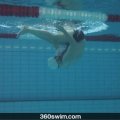
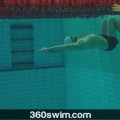

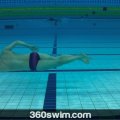

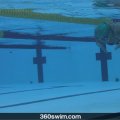











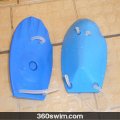
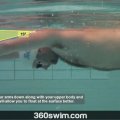




Comments (4)